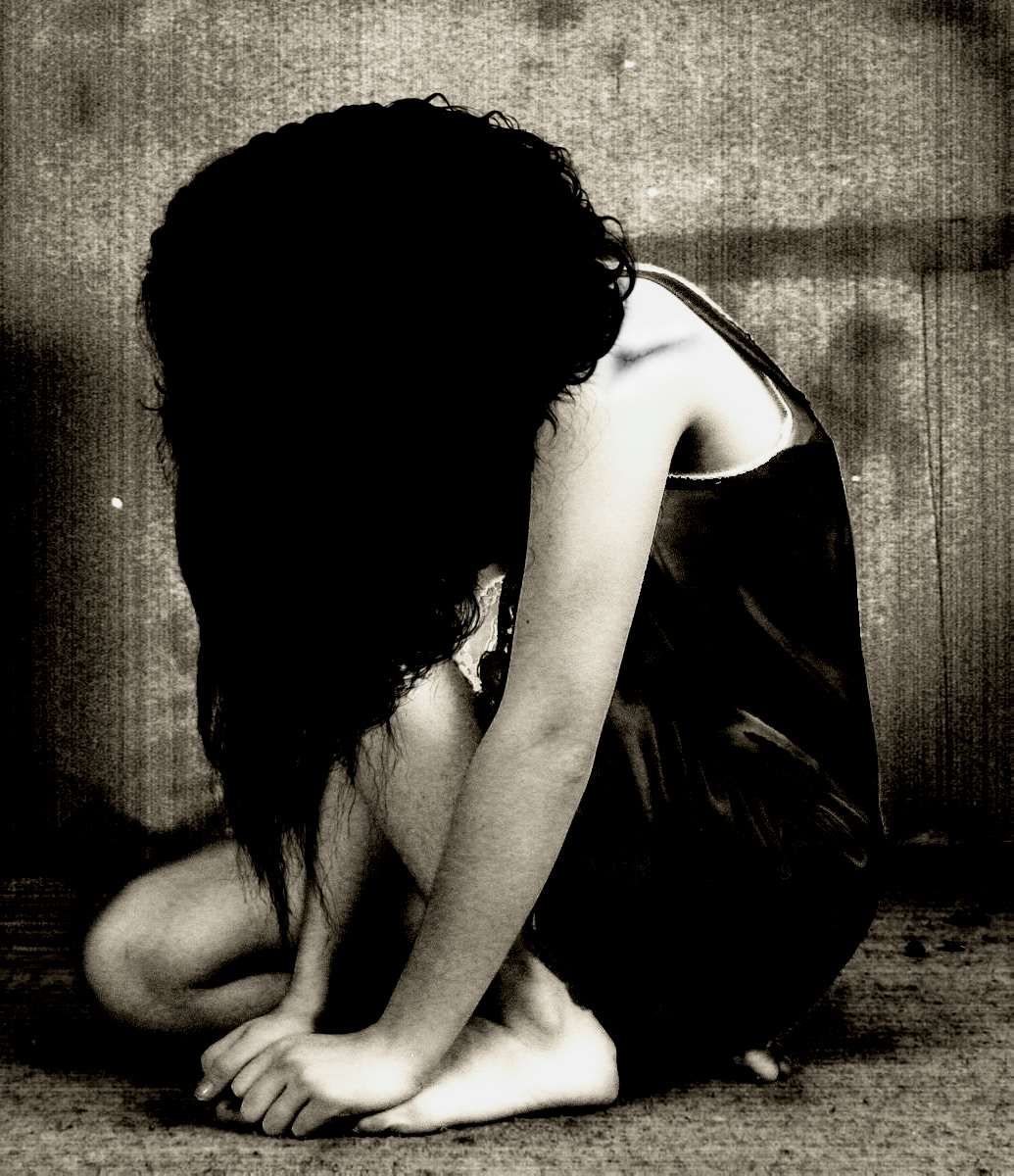 We could say that Rembrandt was a greater painter than Kandinsky. We could not say that Rembrandt was three and a half times better than Kandinsky. . . . We could say, "I have more pain than I had yesterday." When we tried to say, "I have nine dols of pain," we found we were talking nonsense.-Leshan and Morgenau We could say that Rembrandt was a greater painter than Kandinsky. We could not say that Rembrandt was three and a half times better than Kandinsky. . . . We could say, "I have more pain than I had yesterday." When we tried to say, "I have nine dols of pain," we found we were talking nonsense.-Leshan and Morgenau

This is the pain you could fit in a tea ball.
This is the pain you could pack in a pipe
– a plug of pungent shag-cut pain,
a pain to roll between the thumb and the forefinger.
Here: this pain you could pour down the city sewers,
where it would harden, and swell, and crack
those tubes like the flex of a city-wide snake,
and still you would wake and
there would be more for the pouring.
Some pain believes its only true measure is litigation.
For other pain, the glint of the lamp
in a single called-forth tear is enough.
Some pain requires just one mouth, at an ear.
Another pain requires the Transatlantic Cable.
No ruled lines exist by which to gauge its growth
(my pain at three years old. . . at five. . . ) and yet
if we follow the chronolinear path of Rembrandt's face
self-imaged over forty years - a human cell
in the nurturing murk of his signature thick-laid paint –
we see the look-by-look development,
through early swank and rollick, of a kind of pain
so comfortable it's worn, at the last,
like a favorite robe, that's frayed by now, and intimate
with the frailties of its body, and has
an easy fit that the showiest cloak of office
never could. In 1658, the gaze is equally
into himself, and out to the world-at-large
– they've reached a balance of apportioned
disappointment – and the meltflesh under the eyes
is the sallow of chicken skin, recorded
with a faithfulness, with really a painterly
tenderness, that lifts this understanding of pain
into something so accommodating, "love" is the word
that seems to apply to these mournfully basso
bloodpan reds and tankard-bottom browns. Today
in the library stacks, the open face of a woman
above this opened book of Rembrandt reproductions
might be something like the moon he looked to,
thinking it shared in his sadness. What's
her pain? her ohm, her acreage, her baker's dozen,
of actual on-your-knees-in-the-abattoir misery?
I don't know. I'm not writing this
pretending that I know. What I can say is that
the chill disc of the stethoscope is known to announce
an increment of pain not inappropriate
to being blurted forth along the city wall
by a corps of regalia' d trumpeters.
Who's to say what a "unit" of pain is?
On a marshy slope beyond the final outpost,
Rembrandt stares at the moon, and stares at the moon,
until the background drumming-in of the ocean
and the other assorted sounds of the Amsterdam night,
and then the Amsterdam dawn, are one
with his forlornness, and the mood fades
into a next day, and a woman here
in Kansas turns to face the sky: she's late
for her appointment. She's due
for another daily injection of nine c.c.'s of undiluted dol. Poetry by Me: My great grandma knew the breath of the moon as it cascaded effortlessly on the land with an ease of grace unknown to the ill. Once water brushed through the body with a temperament of love fixed on spreading soft hugs to everything and everyone it touched. It was that the moon and water met in long wintered nights shedding grace and love on all that witnessed their friendship. Catapulting into to the ether's of some ill willed madness: water grew hot, the moon grew distant and together their sickness spread like the plague upon all who seek the comfort of nature. Like a viral cancer their illness spread to the ends of the earth and back till what was left was but a remainder of a whole. Today I am picking up the pieces from the fairy tales of old; watered down tears welling up in moon-crescent eyes I forge my own stories of friendship with newer renditions of water and moon. |
No comments:
Post a Comment